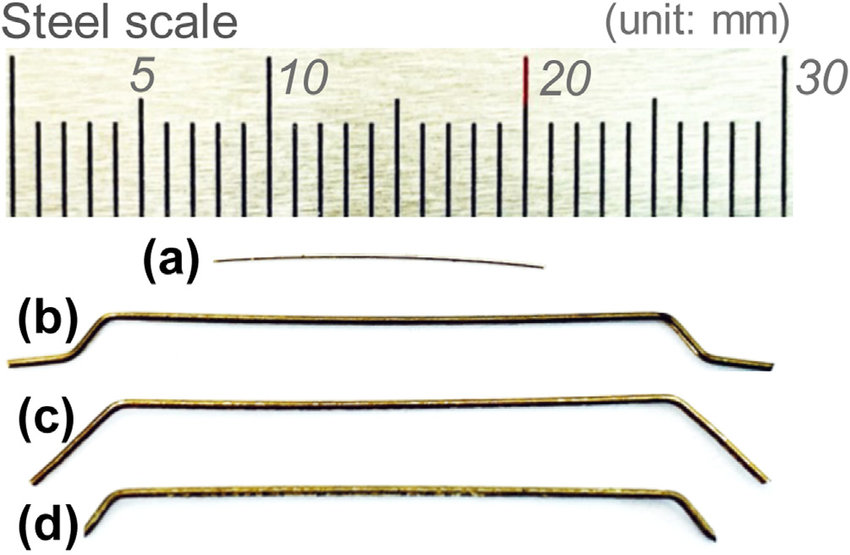Uncover the world of steel fiber types and their transformative impact on construction and engineering. From hooked-end to straight steel fibers, these reinforcements enhance concrete’s properties. This article delves into the characteristics, advantages, and diverse applications of various steel fiber types, shedding light on how they elevate structural integrity and durability.
Introduction:
Steel fiber types are revolutionizing construction and engineering by reinforcing concrete structures for enhanced performance.
Hooked-End Steel Fibers:
Hooked-end steel fibers offer improved anchorage within concrete. Their hooked shape ensures better bonding, increasing tensile and flexural strength.
Straight Steel Fibers:
Straight steel fibers are known for their simplicity and effectiveness. They enhance the structural integrity of concrete by reducing cracking and increasing toughness.
Micro Steel Fibers:
Micro steel fibers are incredibly fine and offer exceptional distribution within concrete. They enhance durability and reduce shrinkage cracking.
Advantages of Steel Fiber Types:
- Strength: Steel fibers significantly improve the strength of concrete, making it capable of withstanding heavy loads and external forces.
- Durability: By reducing cracking, steel fibers enhance the durability of concrete structures, extending their lifespan.
- Ductility: Steel fibers enhance concrete’s ductility, allowing it to deform without failure under stress.
- Impact Resistance: The addition of steel fibers enhances a concrete structure’s ability to absorb and withstand impact forces.

Applications of Steel Fiber Types:
- Industrial Flooring: Steel fibers are used in industrial flooring to improve load-bearing capacity and reduce maintenance needs.
- Shotcrete Applications: In tunnel construction and slope stabilization, steel fibers enhance shotcrete’s strength and resistance to erosion.
- Precast Concrete: Steel fibers improve the performance of precast concrete elements, reducing cracking during transportation and installation.
- Concrete Pavements: Steel fibers reinforce concrete pavements, reducing the occurrence of cracks and increasing their longevity.
Challenges and Considerations:
While steel fiber types offer numerous benefits, proper mix design and installation techniques are crucial to ensuring optimal performance.
Future Innovations:
The field of steel fiber types continues to evolve, with ongoing research leading to innovations that further enhance concrete properties.
Conclusion:
Steel fiber types are reshaping the way we build and engineer structures. From enhancing strength and durability to enabling innovative designs, these reinforcements are a game-changer in the construction industry. By selecting the right steel fiber type and integrating it into concrete mixtures, engineers and builders can create structures that stand the test of time and meet the demands of modern construction challenges.